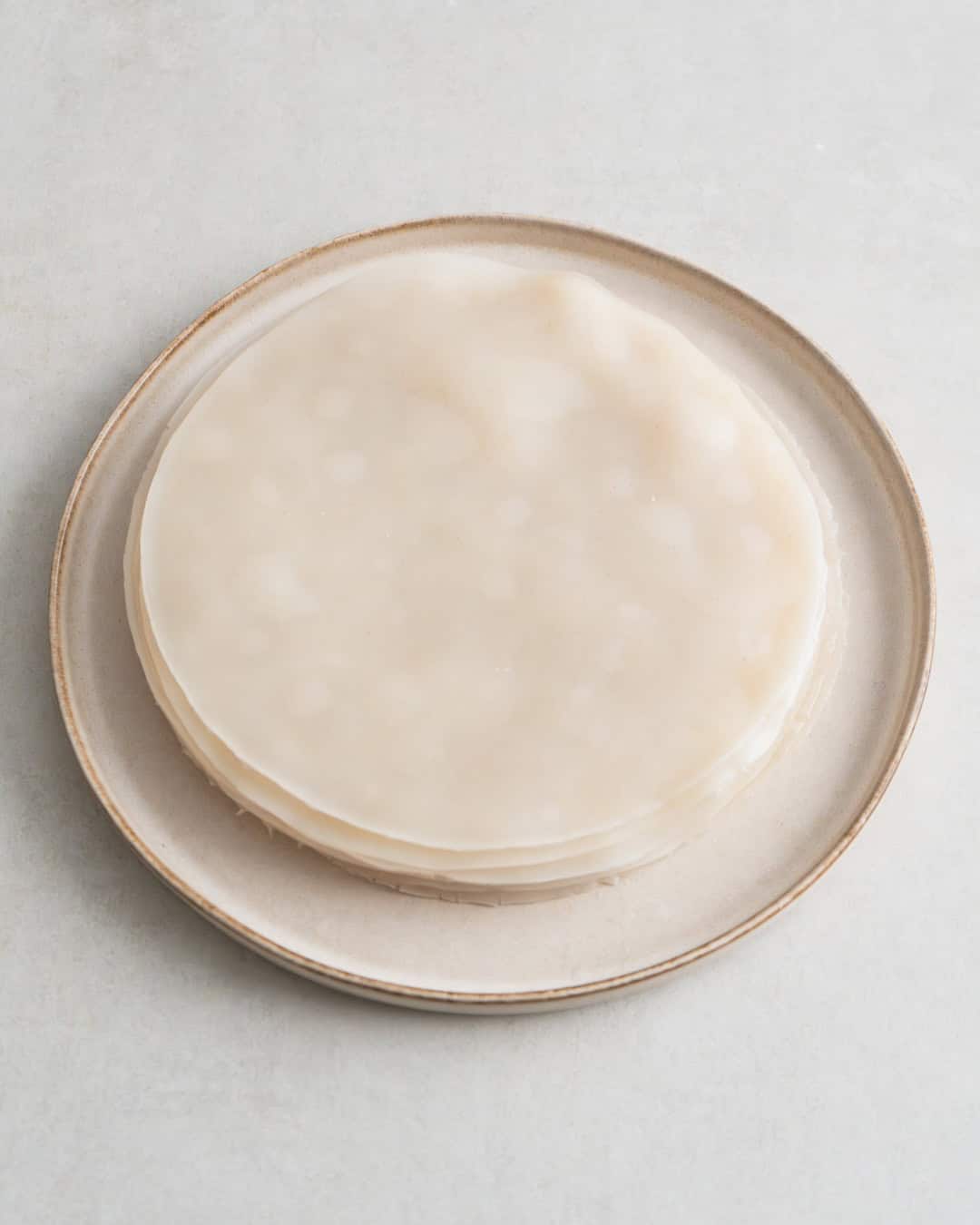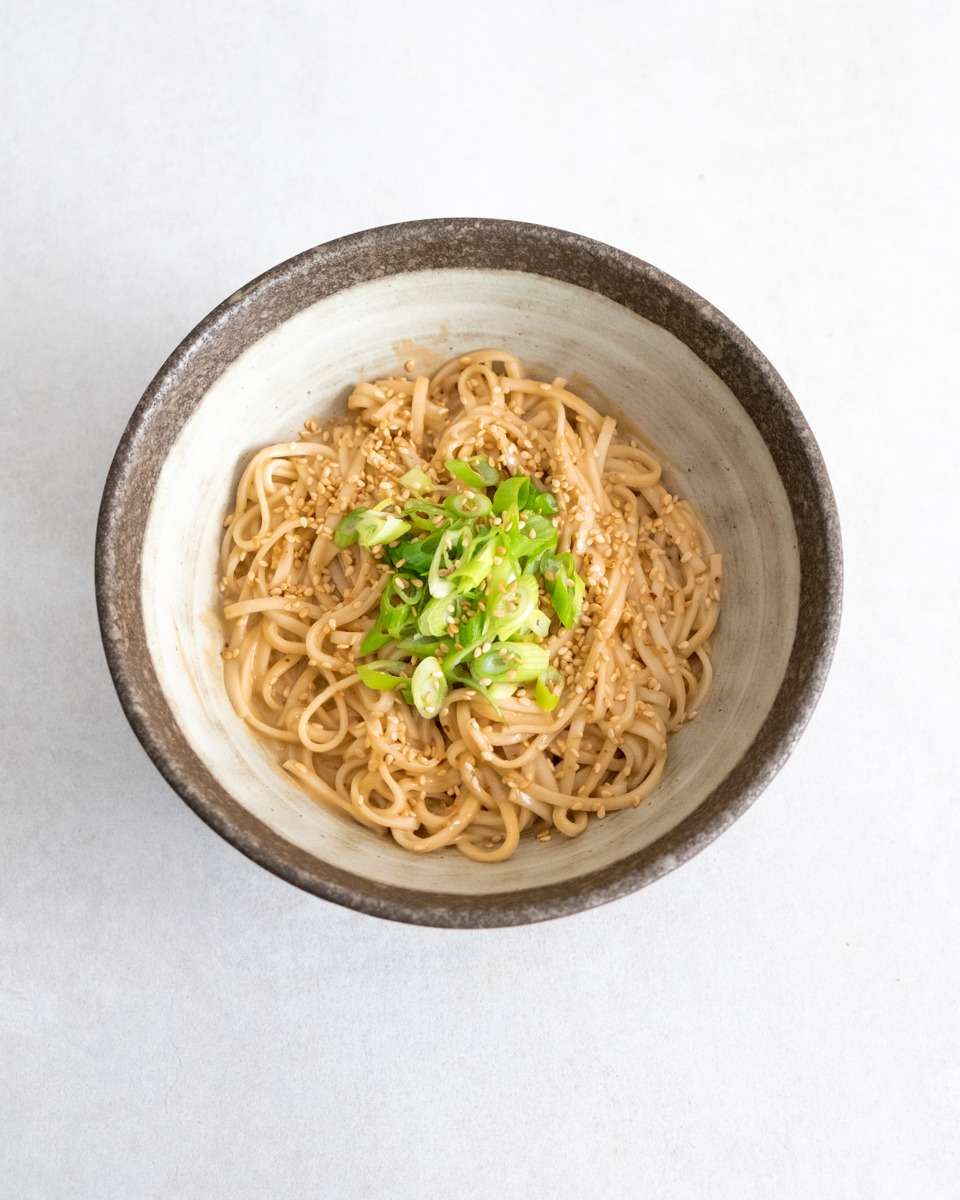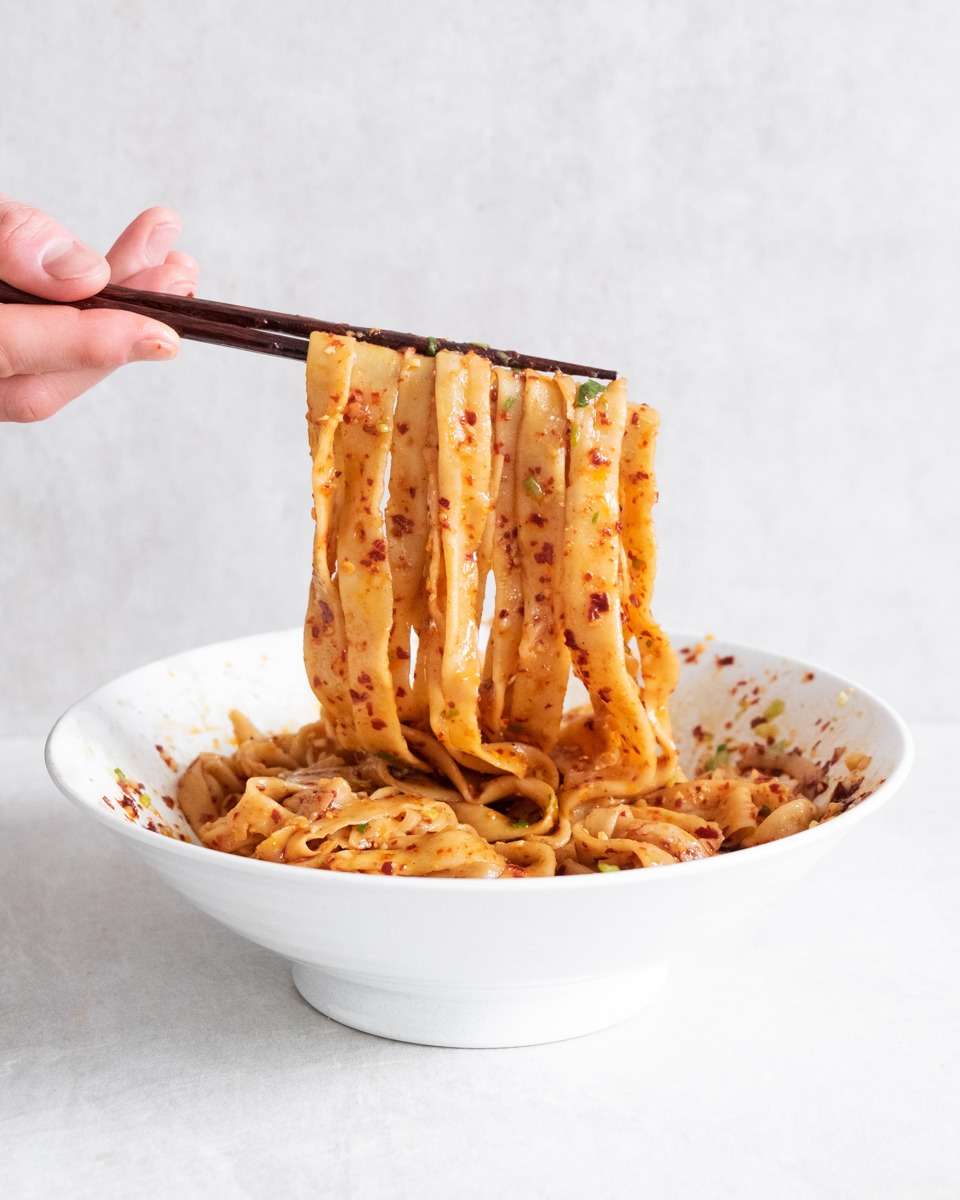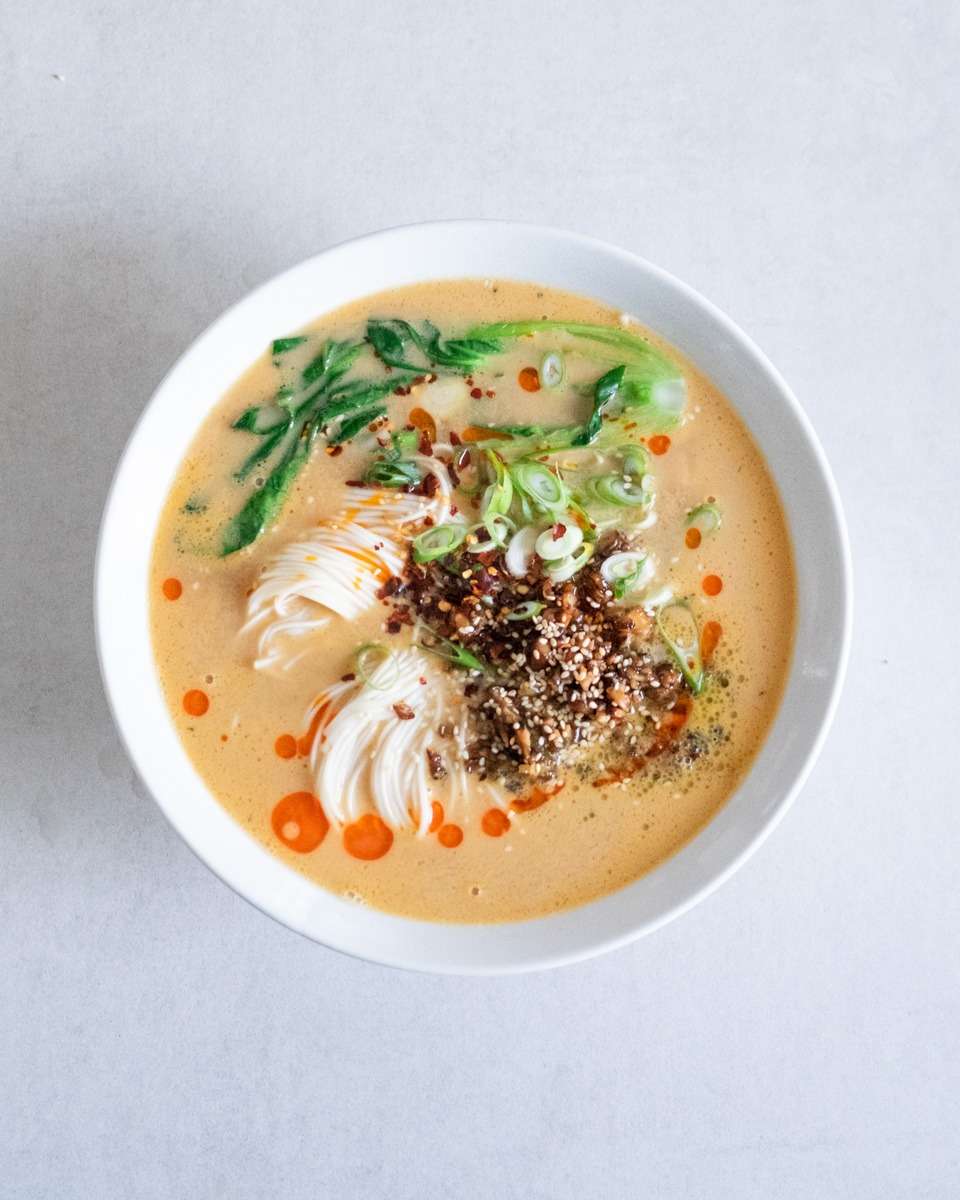Liang Pi, or “cold skin noodles,” is a refreshing Shaanxi street food made with slippery noodles tossed in a tangy spicy sauce and topped with fresh veggies.


Liang Pi, or “cold skin noodles,” is a refreshing Shaanxi street food made with slippery noodles tossed in a tangy spicy sauce and topped with fresh veggies.

Liang Pi, or “cold skin noodles,” are springy wheat-starch noodles with a unique texture. This recipe guides you to make them from scratch for a rewarding dish.

The sole purpose of this noodle dish is to get you to try out Pixian Doubanjiang (Chilli Broad Bean Paste), a powerful condiment that should have a permanent spot in your pantry.

Suan La Fen (酸辣粉) is an experience for the palette and senses. The slippery noodles together with the spicy and tangy broth turn each mouthful into a fragrant and fun sensation.

On a hot summer day, nothing beats a bowl of Mung Bean Jelly Noodles (Liang Fen 凉粉). Popular in Northern Sichuan, these 90% water noodles are pure refreshment.

These Sesame Noodles (Ma Jiang Mian) are a popular Taiwanese street food that are traditionally eaten cold amidst the hot and humid climate. In their simplicity, they achieve a perfect balance of sweet, tangy & nutty, creating a deep, rich and satisfying flavour that makes a perfect quick lunch. If you’re in a hurry, you can leave out the garlic and ginger, but taking the extra few minutes to peel and grate both into the sauce takes it to the next level.

These noodles will single-handedly transform the way you look at homemade food. In their simplicity lies an enormous power to let a few aromatic ingredients shine and bring colour to a dish. It is said that they get their name, Biang Biang Noodles, from the sound it makes when the chef slaps the dough onto the worktop while stretching them out.

This is an unapologetic cheat’s recipe. It is by no means an authentic ramen, nor an attempt to substitute tradition by cutting corners. It is merely called cheat’s ramen, because conceptually it gives an idea of what it’s closest to. The tahini, in its nutty richness, adds depth and substance to an aromatic broth that is flavoured and seasoned with white miso, brown sugar, soy sauce, chilli powder, garlic and ginger.